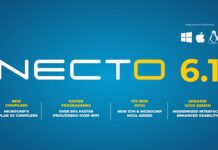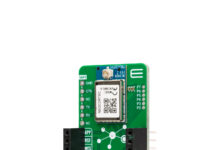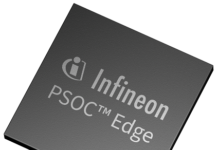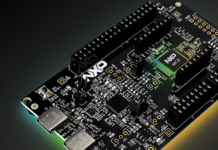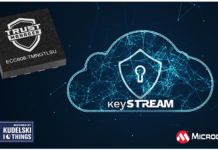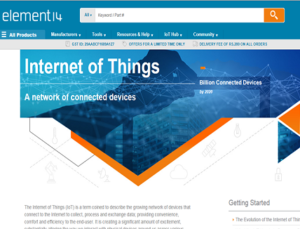
element14 continues to dig deep into the evolution of IoT with a series of technical articles and features aimed at engineers and makers working in this rapidly expanding market.
Written by experienced IoT experts and published on Farnell element14’s dedicated IoT Hub, the articles explore a wide range of topics relevant to the Internet of Things, from emerging trends and market innovations to legal and practical considerations involving core products and services.
“IoT has emerged as one of the most significant current trends in electronics and engineering for many years” says Ralf Buehler, SVP Sales and Marketing for Premier Farnell and element14. “This latest series of articles underlines our commitment to providing rich, informative content for all of our customers developing applications for this growing market.”
New content to be published to the IoT Hub includes:
-
Cloud Device Integration for the IoT – With the Internet of Things bringing unprecedented levels of intelligence to embedded control, devices are being integrated from a variety of manufacturers and hardware types – some of which pre-date the widespread adoption of IoT. This article explores the implications of IoT integration across multiple sources.
-
How to avoid failures in IoT design – Developing a new IoT-ready device can come with a wide range of challenges, even for experienced design engineers. This article highlights some common pitfalls and offers guidance on how they can be avoided.
-
Transistor types and Circuits – Near ubiquitous through their use in both switching and amplification functions, and available in a wide variety of power capabilities, switching speeds and other parameters, transistors offer a huge amount of choice to electronics engineers. This article explores how to choose the most suitable transistor for a new project or upgrade.
-
Achieving universal standards compliance for electrical and electronics products – This article provides details of the various US and European legislative approaches that aim to achieving compliance in wireless electrical products.




